I’ve always enjoyed photos from other people’s visits to great bonsai gardens. Sometimes I recognize the trees and can see how they’ve changed over the years. Other times I’m seeing them for the first time.
Seeing trees in gardens is different than seeing them in exhibits. The trees are in growing pots, we can see fertilizer balls, and we can see whether or not they grow under shade cloth or in full sun. When we know when the photos were taken, we can get a better sense of what the trees look like throughout the year, maybe just before decandling or just after cutback.
Before my first trip to Japan, the garden I most wanted to visit was Daiju-en, home to the Suzuki family and shrine for anyone interested in pine bonsai. I’ve returned several times over the years and I continue to appreciate what glimpses I can get of the garden. Thanks to Boon Manakitivipart for the photos below from his visit to the garden this past fall.

Black pine
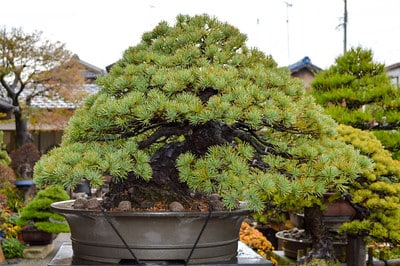
White pine
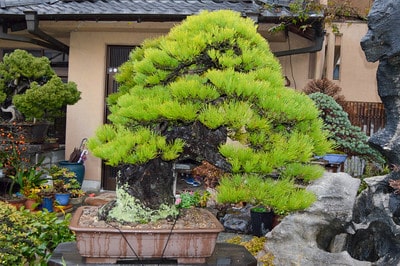
Black pine
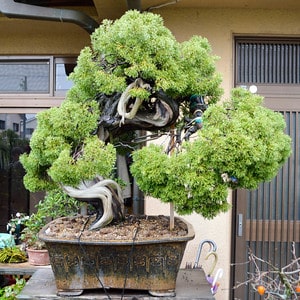
Shimpaku
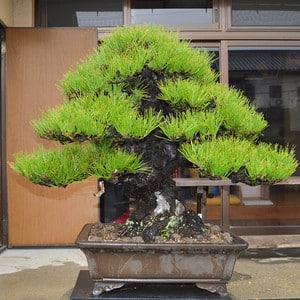
Black pine
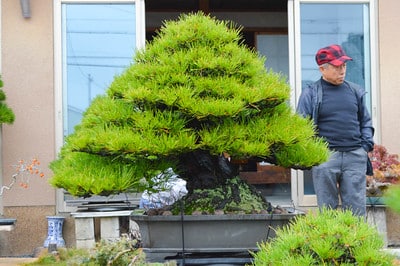
Pine – in the background, Mr. Oomura appreciates the garden
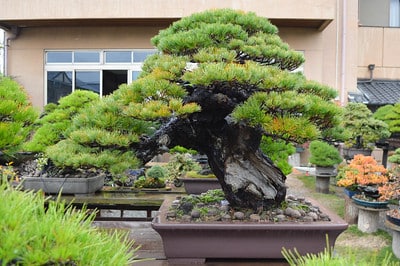
White pine
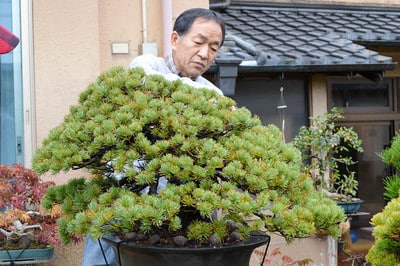
Toru Suzuki – proprietor of Daiju-en
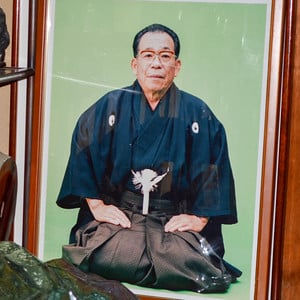
Toshinori Suzuki – Toru’s father
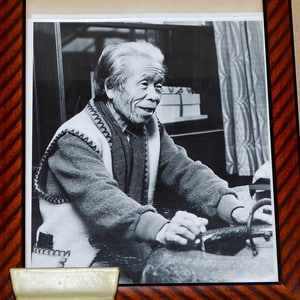
Saichi Suzuki – Toshinori’s father and founder of Daiju-en
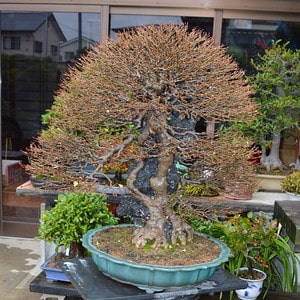
Trident maple
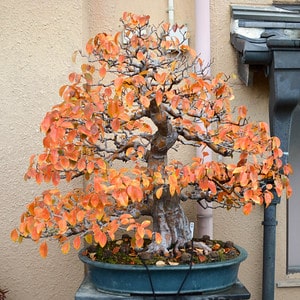
Chinese quince
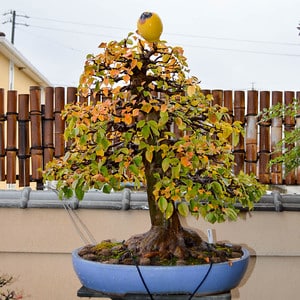
Chinese quince
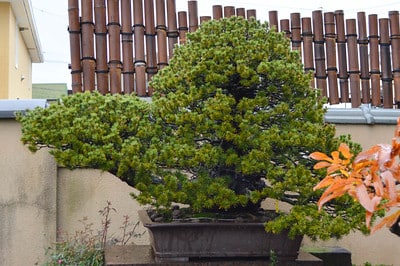
White pine
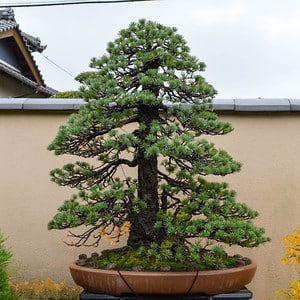
White pine
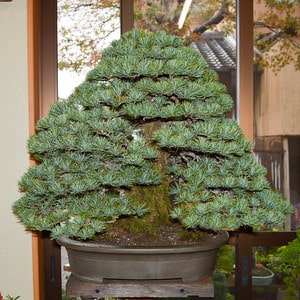
White pine
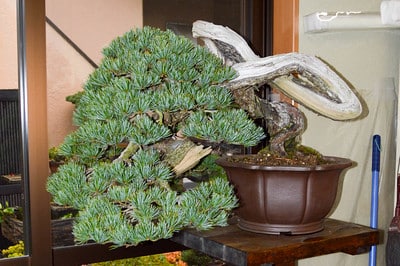
White pine
Subscribe to Bonsai Tonight
New Posts Delivered Every Tuesday and Friday
Wesley says
I have not seen the practice of wrapping the tie-down wires outside of the container before. Is this something
widespread, or unique to Daiju-en ?
Jonas Dupuich says
The rope or plastic tie-downs hold the pots to the display stands and benches so the trees don’t blow over during storms. It’s a fairly common practice. The trees are wired into the pots by the usual means.